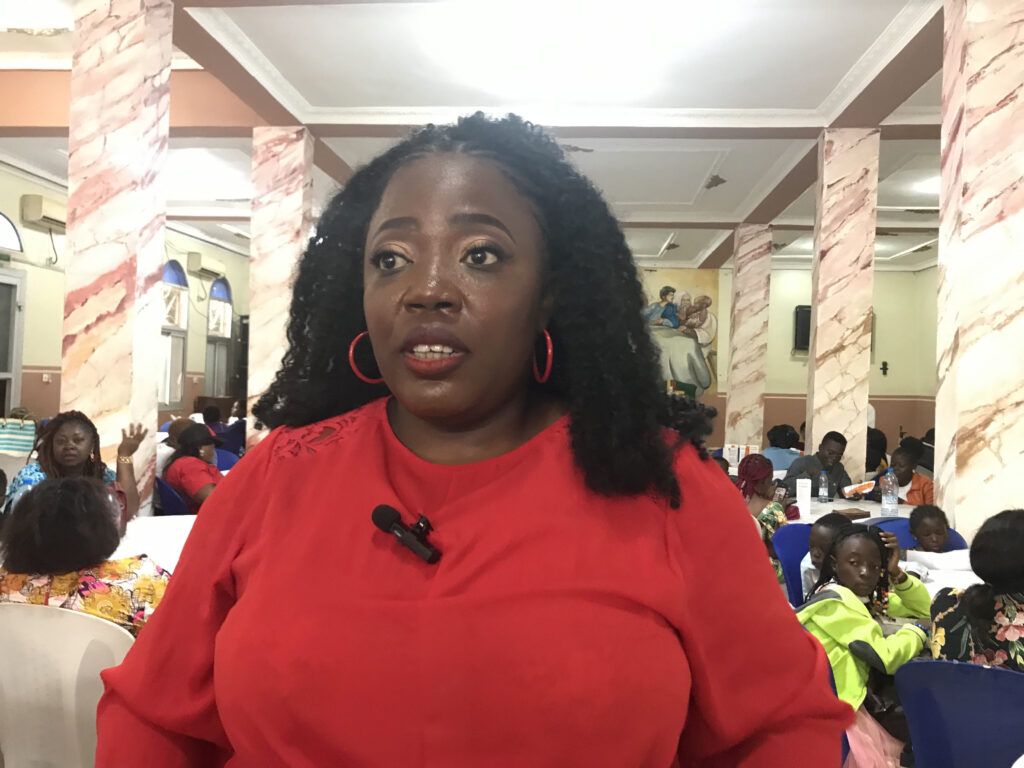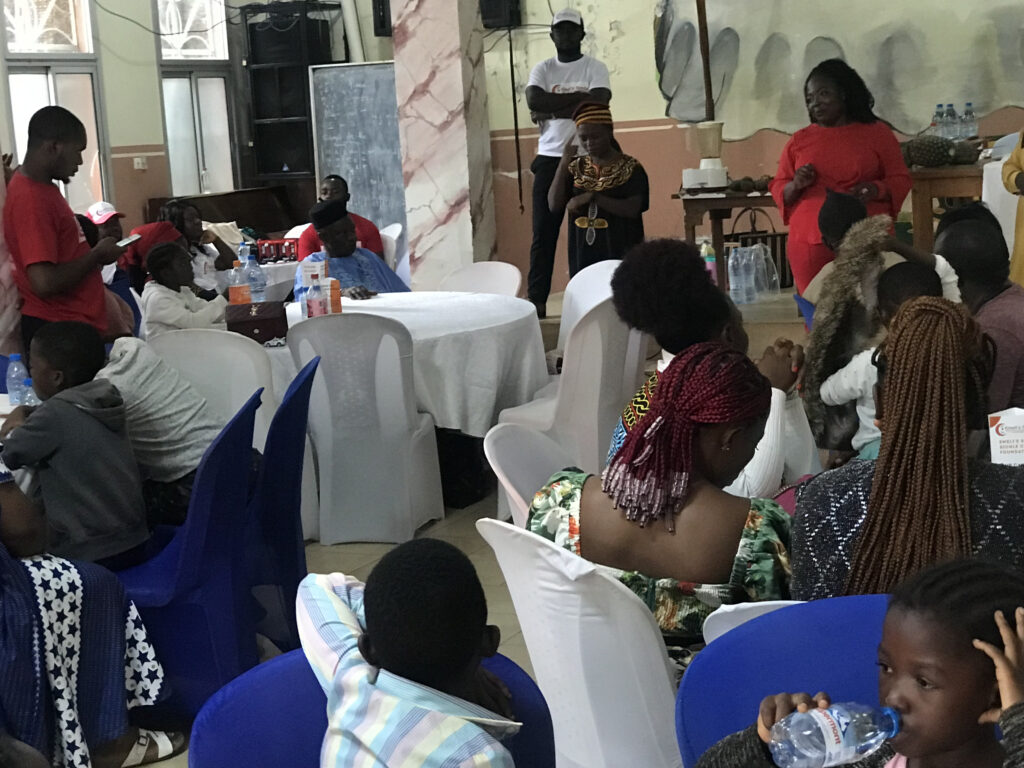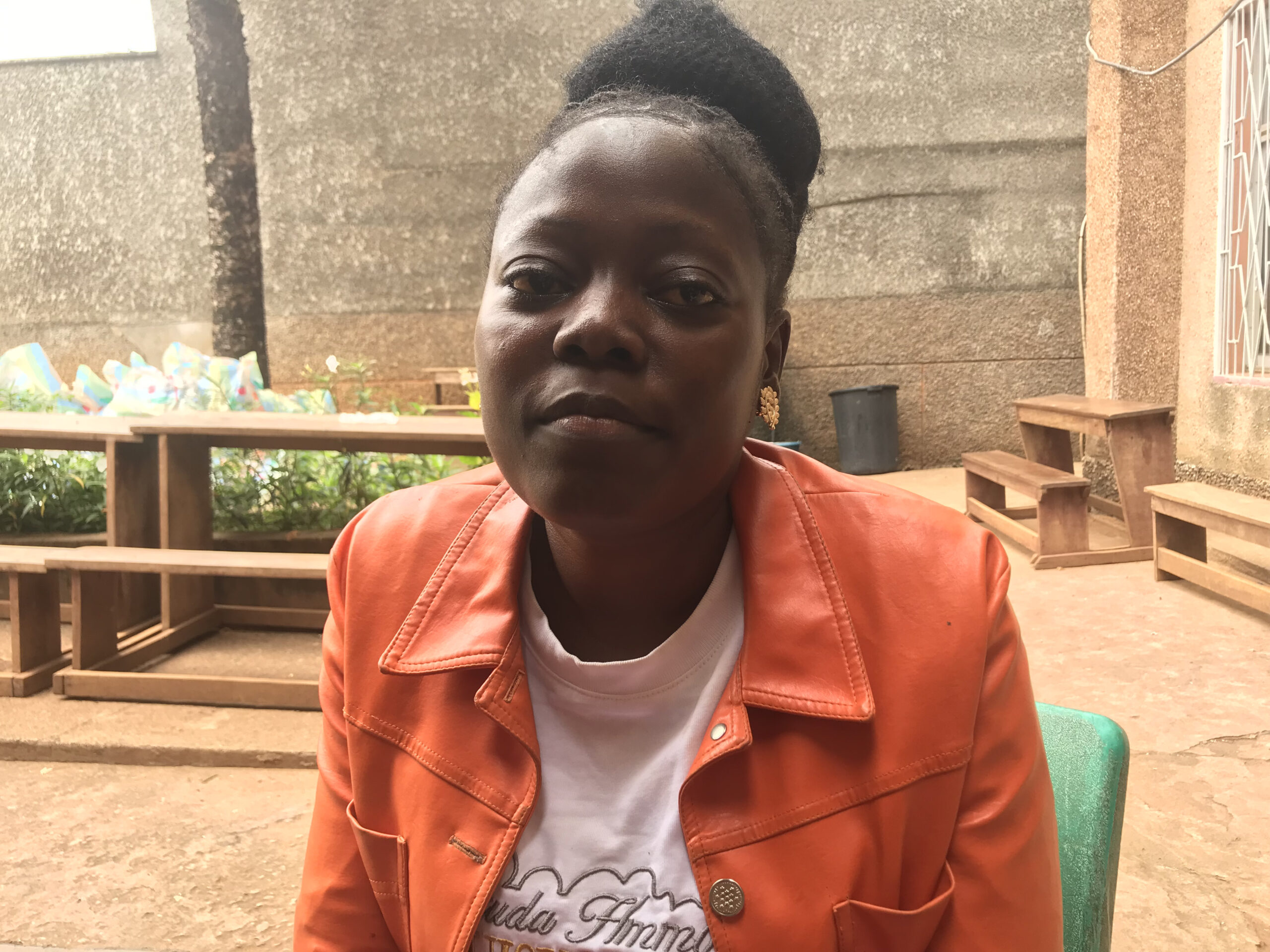By Leocadia Bongben
Brenda Chamokong, 30, was born with sickle cell disease, but her parents only discovered it when she was four. A collection of hereditary conditions known as sickle cell disease, or sickle cell anemia, impacts the primary protein in red blood cells that delivers oxygen. A gene mutation affecting the hemoglobin molecule causes sickle cell disease, which is characterized by malformed red blood cells, usually in the shape of a crescent or “sickle.” Sickled red blood cells can obstruct blood flow to the rest of the body because they are difficult to bend or move, experts say.
Because of this condition, Chamokong could not graduate from secondary school due to constant headaches, which made reading an uphill task.
Chamokong’s story resonates with most sickle cell patients, called warriors due to the constant struggle to survive with the pain.
An estimated 240,000 children on the continent are born with sickle cell disease annually, up to 80% of whom will die from severe infections or acute chest syndrome before age five—the highest sickle cell disease-related childhood death rate worldwide.
Chamokong grew up isolated and stigmatized in school. Nora Brown, a Warrior, founder of Emeli’s Smile Sickle Cell Foundation, illustrates the stigma. “The stigma is real. In church, the pastors say you are possessed, sickle cell is from the devil, and you need deliverance.” “My social media status is used to insult me, even as a media person. I have been able to grow past that, and that is what I want other warriors to do.”

Living as a warrior is hard; not everybody knows about sickle cell. “I was walking, and suddenly I had a crisis; my legs became weak, and the next minute I could not walk. I cried for help, but people passed by.” Besides the stigma, some think it is contagious. There is a lack of awareness.
Most warriors move with their drugs, but at times need help to be taken to the nearest clinic for the drugs to be administered.
The expert in interior décor has joined her voice to create awareness, encouraging people to know their genotype. “Couples should not make the mistake of saying God will take care. Do not put God to the test.” She states. Despite her hopes of getting married one day, she says men seem to run away when they discover a lady suffering from sickle cell disease.
Living with sickle cell is financially draining, given the constant hospital visits and hospitalizations. Every month, Chamokong spends between 25,000 and 50,000 on her drugs. “I have to put money aside from my business and my parents’ support.” However, not every patient can afford it since many come from low-income families.
Chamokong, who is part of the warriors of the Etouge Ebe Hospital, advises that warriors should associate with others.
She adds, “Everything is the mindset; be happy, love yourself, and accept who you are, eat a balanced meal, and take enough water and blood concoction—cassava leaves and peak milk, Folere and Eru.
Eating a balanced diet is crucial for individuals with sickle cell disease. This is why the Emeli’s Smile Sickle Cell Foundation, in its fifth edition of its outreach program, “Feed a Warrior Today,” wants every warrior to know the importance of fruits, water, and vegetables in their diet.
During the event at the Presbyterian Church Bastos, one of the highlights was a session on mixing fruits to obtain iron that people living with sickle cell disease require.
At the end of the event, everyone went home with fruits, inspired to face their daily struggles.


